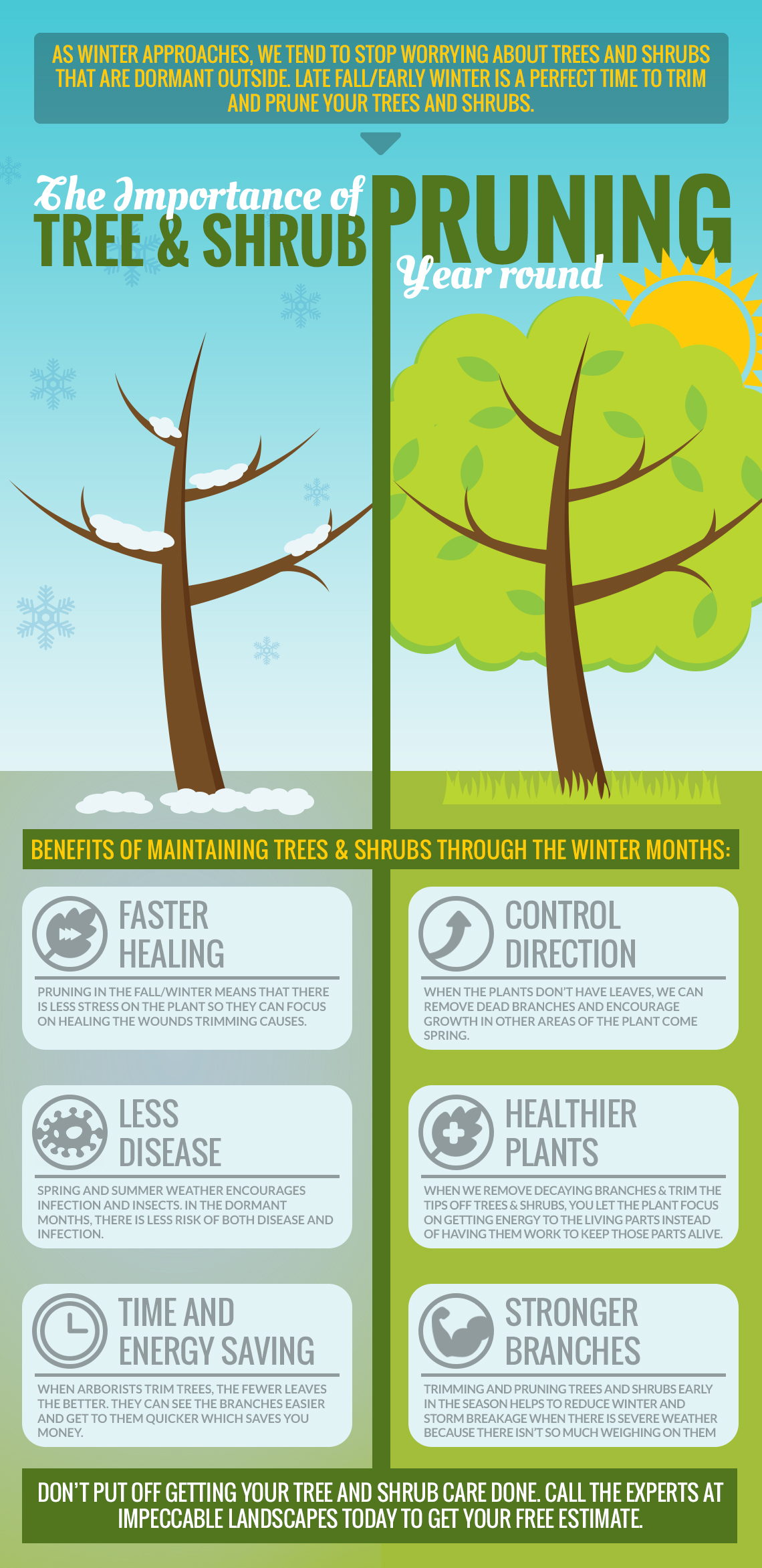Secret Indicators That It May Be Required To Get Rid Of A Tree From Your Residential Or Commercial Property
Secret Indicators That It May Be Required To Get Rid Of A Tree From Your Residential Or Commercial Property
Blog Article
Web Content By-Reese McLaughlin
If you've seen indicators like noticeable degeneration, considerable damages, or dead branches on a tree in your backyard, it may be time to consider removing it. Leaning or unsteady trees can present a significant risk, and overhanging branches near your home can lead to possible mishaps. Nevertheless, there's one essential aspect you shouldn't overlook when reviewing whether a tree needs to be eliminated. It's a subtle yet substantial indicator that might impact not simply your residential or commercial property but likewise the bordering setting.
Noticeable Degeneration and Damage
If you notice substantial visible decay or damages on your tree, it may be time to think about removing it from your residential property.
Visible signs of degeneration, such as huge tooth cavities, deep cracks, or substantial deteriorating areas, can compromise the tree's framework and posture a safety danger. Dead branches, peeling bark, or fungal development on the trunk are likewise indicators that the tree's wellness is jeopardized.
These issues can make the tree more susceptible to toppling over throughout strong winds or storms, possibly triggering damage to your home or posturing a danger to individuals close by.
Additionally, trees with considerable degeneration or damages may not recover despite having expert treatment and upkeep. By without delay attending to trees showing visible indications of damage, you can protect against accidents and guard your residential or commercial property.
Leaning or Unstable Tree
When observing a tree on your property that's noticeably leaning to one side or appears unsteady, it's essential to assess the situation quickly. Leaning trees can be an indication of structural concerns or origin damages that might compromise the tree's stability. https://www.safetyandhealthmagazine.com/articles/19931-tree-care-operations-review-panel-report-on-proposed-standard-open-for-comment poses a substantial risk of falling, possibly triggering damage to your property or presenting a security risk to people nearby.
To determine the intensity of the situation, beginning by assessing the angle of the lean and whether it has been considerably aggravating gradually. Inspect the tree for any kind of noticeable signs of damages, such as fractures in the trunk or subjected origins.
If the tree is leaning due to root problems, it might not be salvageable and could posture a better danger as time takes place.
If you discover a tree on your property that's leaning or unstable, it's advisable to call a professional arborist to assess the tree's health and suggest the best strategy, which may consist of tree removal to stop any potential crashes or damages.
Overhanging Branches and Nonessential
Worried concerning the trees on your residential property? Overhanging branches and deadwood can position significant risks that indicate it's time to get rid of a tree.
Branches that extend over your home, garage, or various other structures can become hazardous during storms, possibly creating damages or injury if they break off.
Deadwood, which are branches that have died and not shed from the tree, can additionally drop suddenly, presenting a threat to any individual below.
visit the next web site to resolve overhanging branches and deadwood without delay to avoid accidents. Regularly check your trees for indicators of nonessential or branches prolonging too much. If you discover any, it's best to have a professional arborist evaluate the circumstance. They can securely get rid of the harmful branches or advise tree elimination if the risks are expensive.
Don't neglect looming branches and nonessential on your trees. Taking proactive actions to deal with these problems can protect against possible disasters and keep your residential or commercial property safe for you and your family members.
Conclusion
If you discover indicators of visible degeneration, considerable damages, or an unsteady tree on your building, it's time to take into consideration removing it. Do not wait until it's far too late and postures a danger to your safety and residential or commercial property. Addressing these warning signs promptly will help avoid potential disasters and ensure a secure setting for you and those around you. Don't wait to seek advice from a professional for assistance in securely removing the tree.
